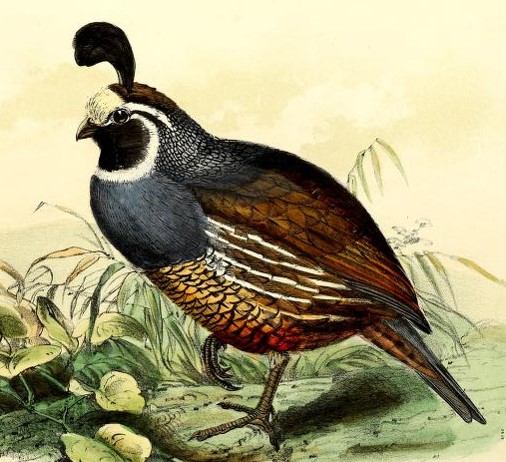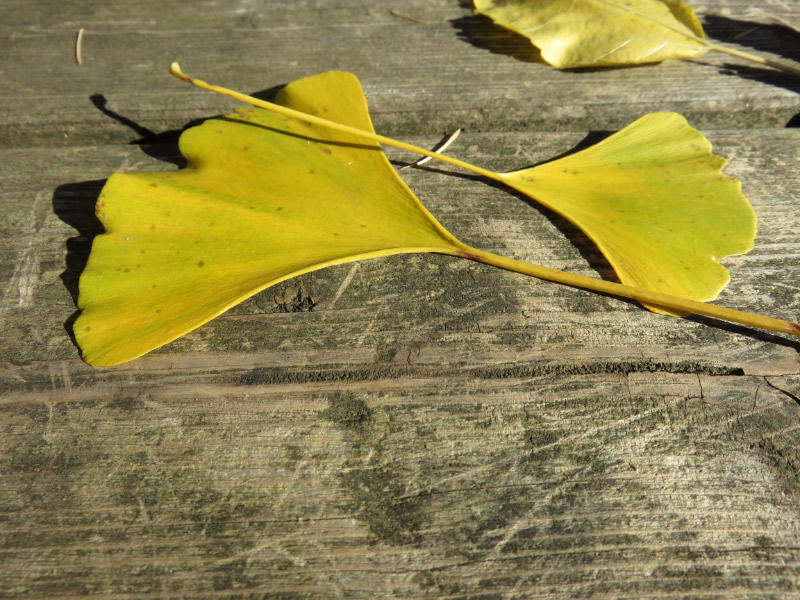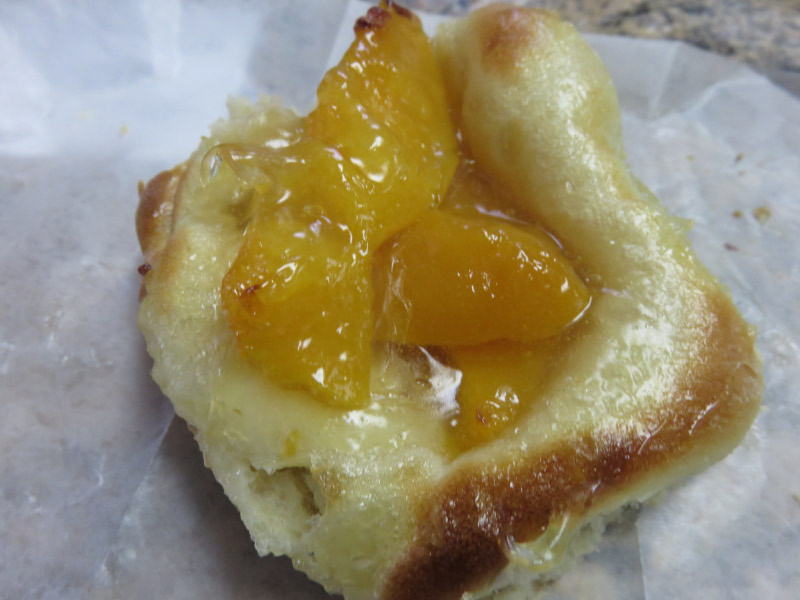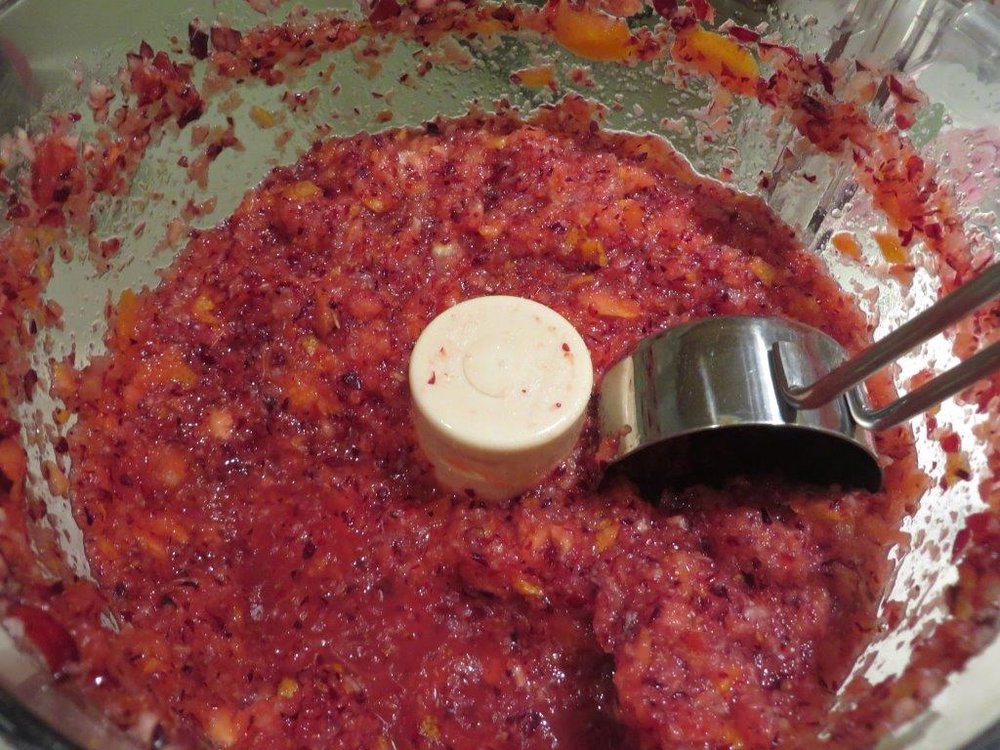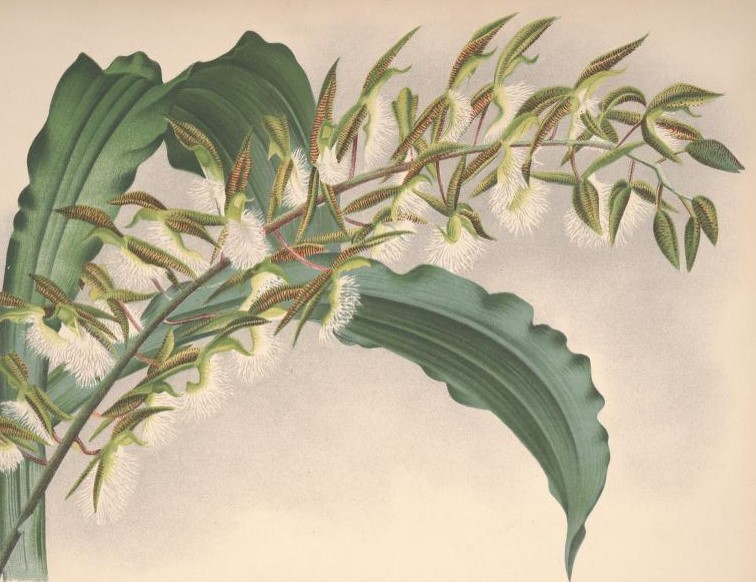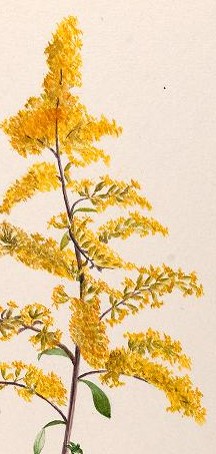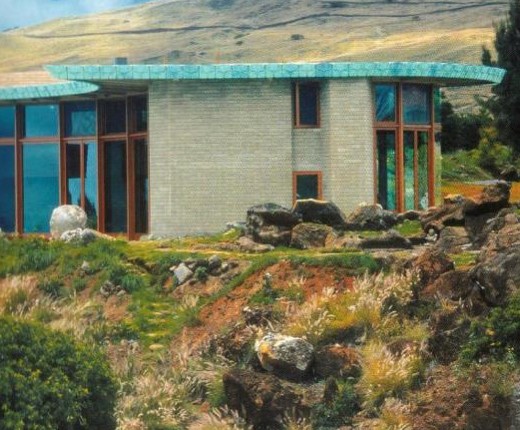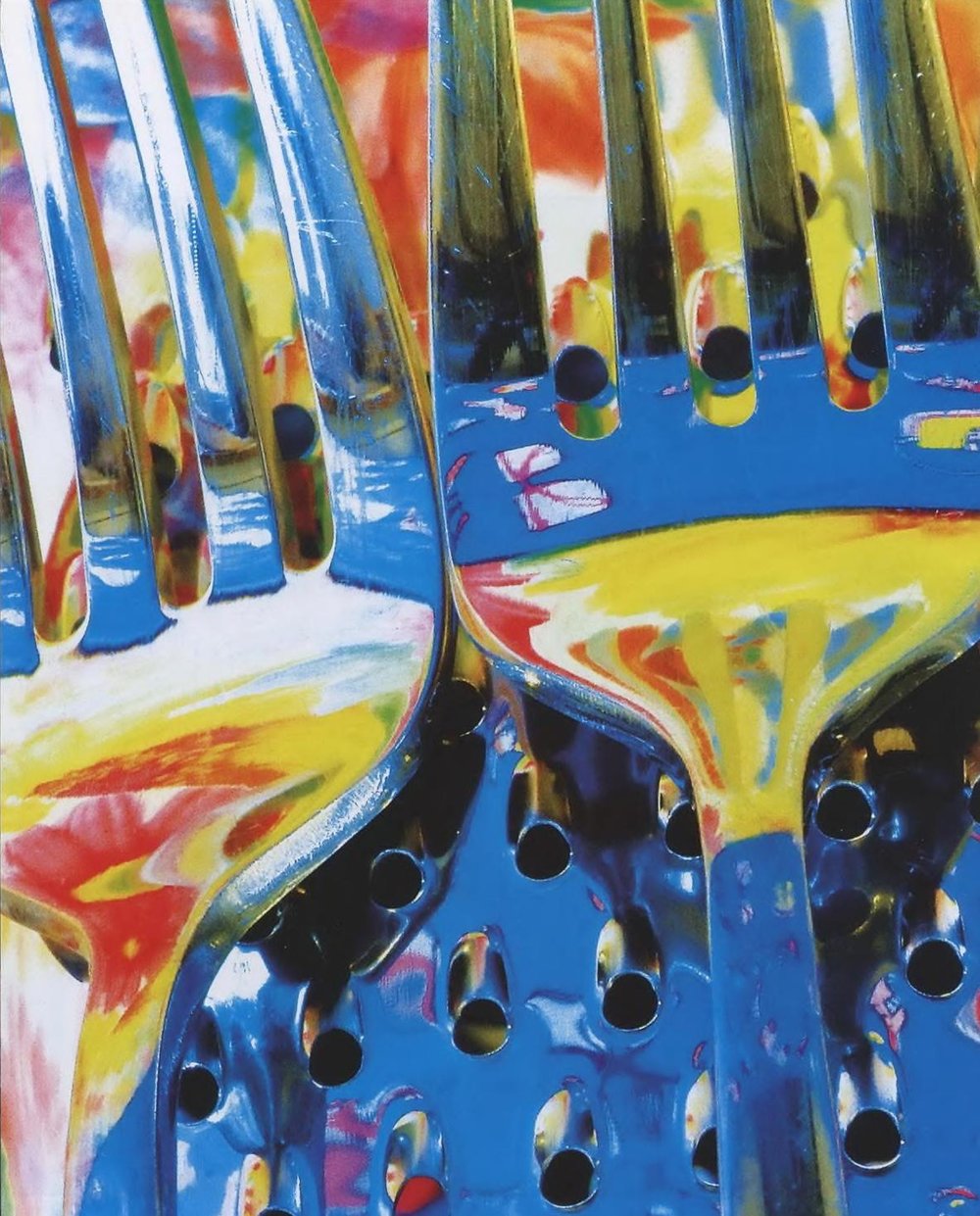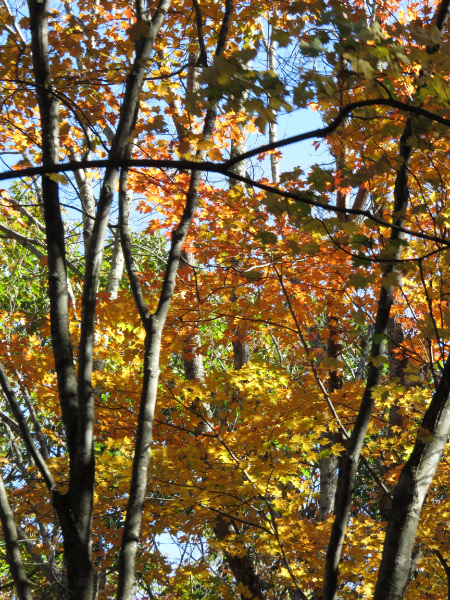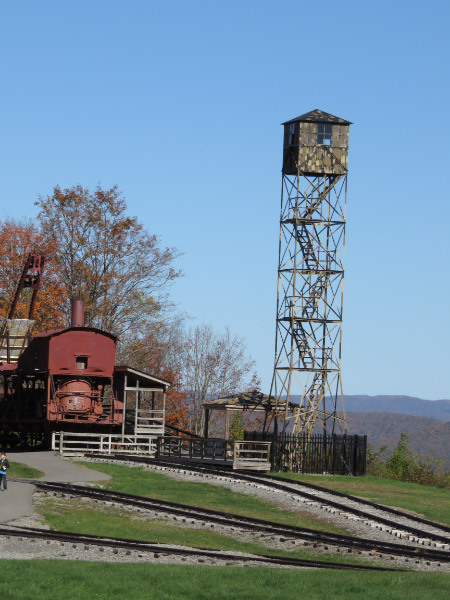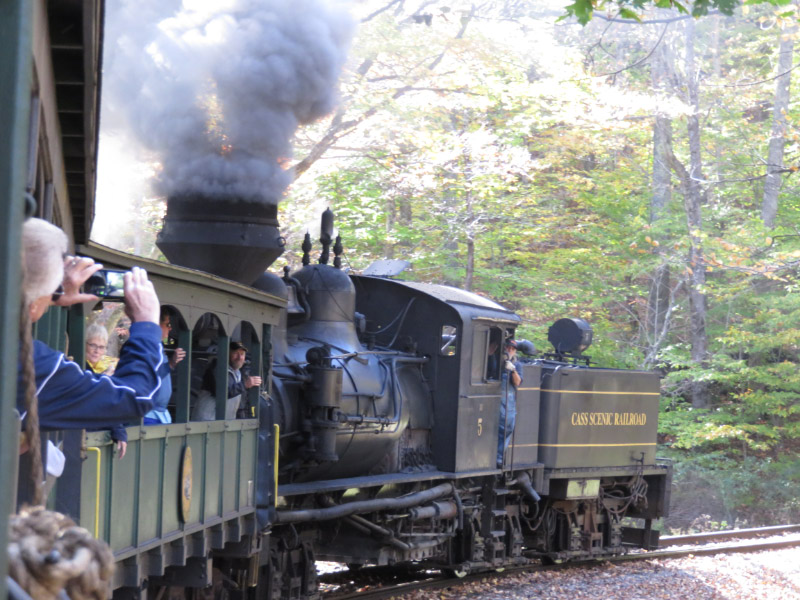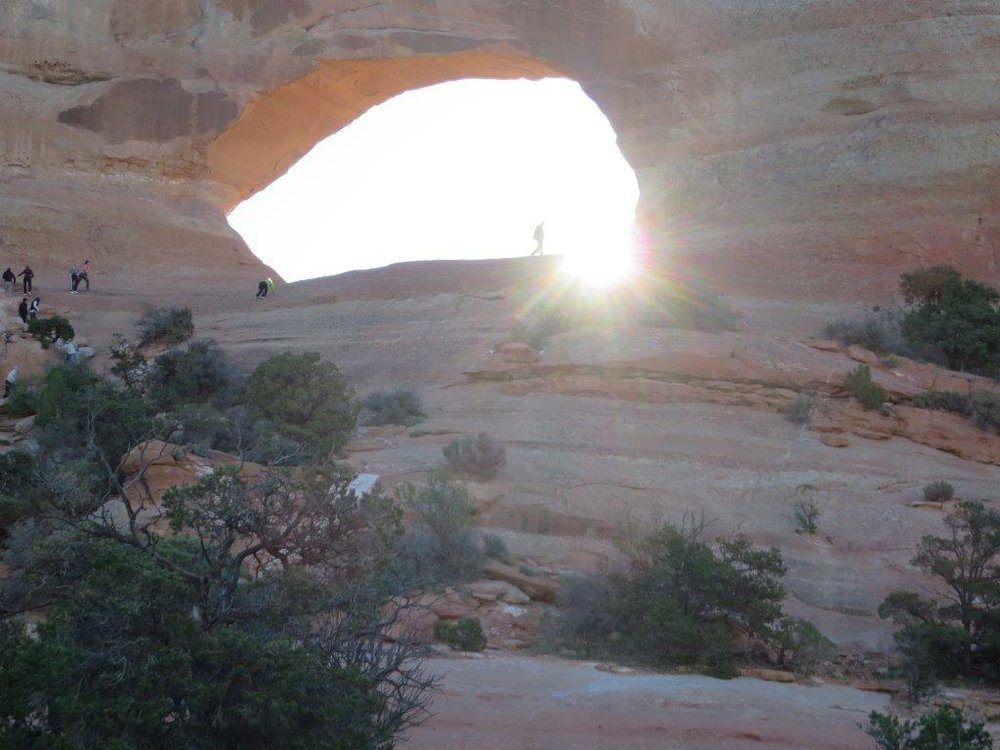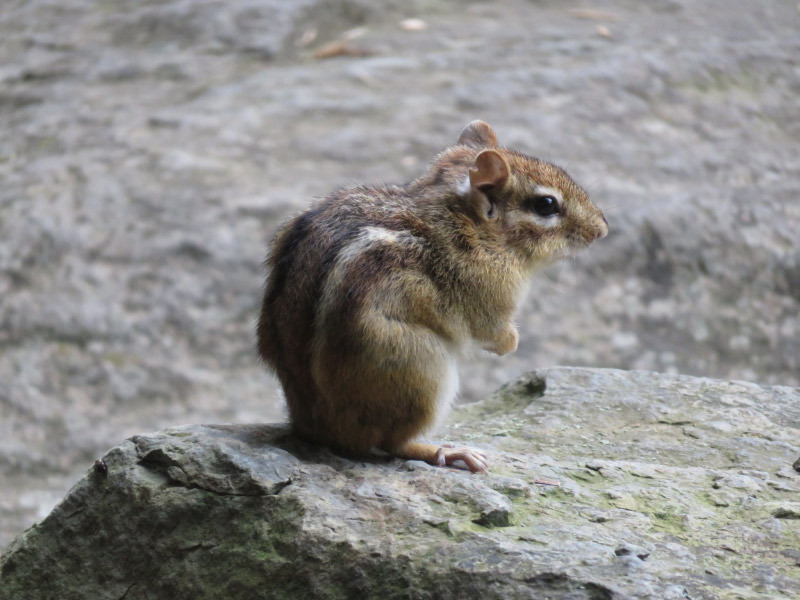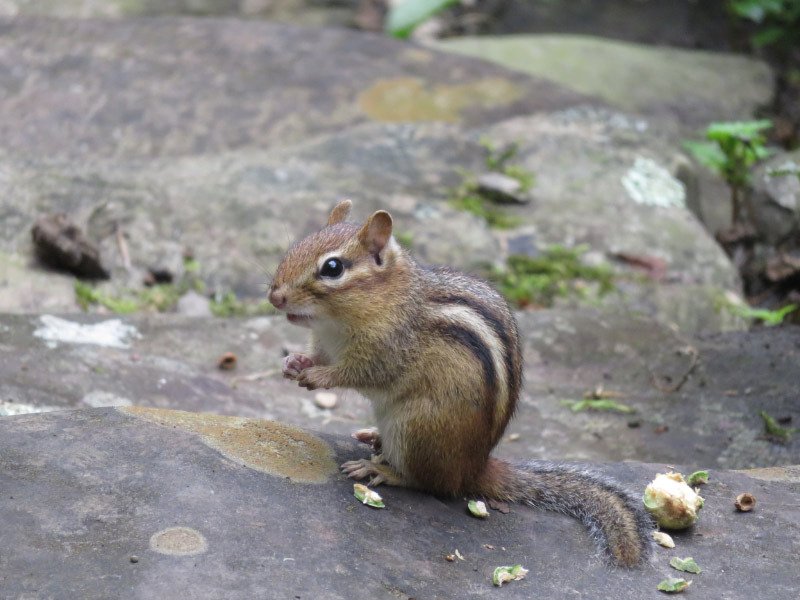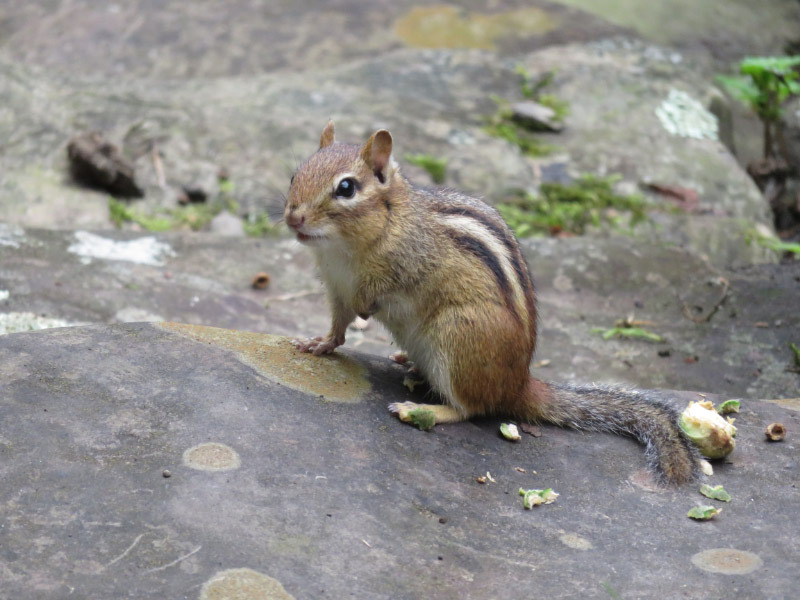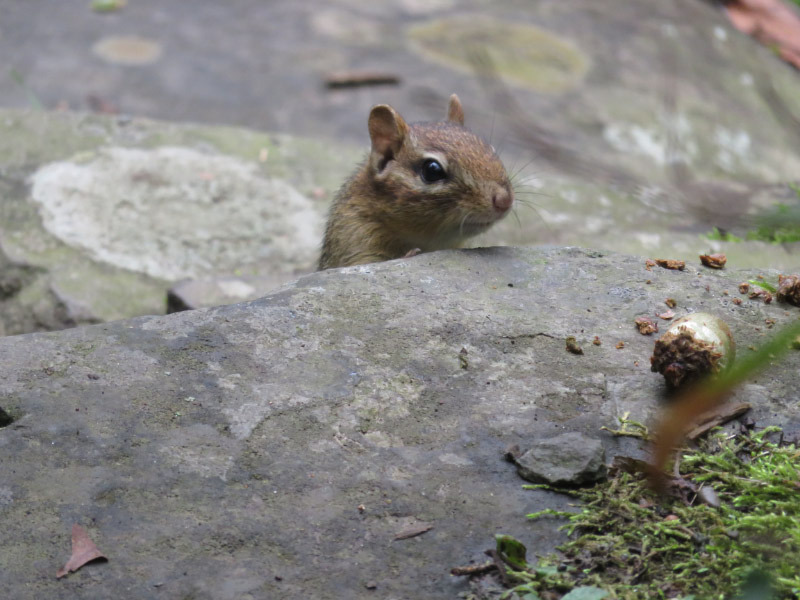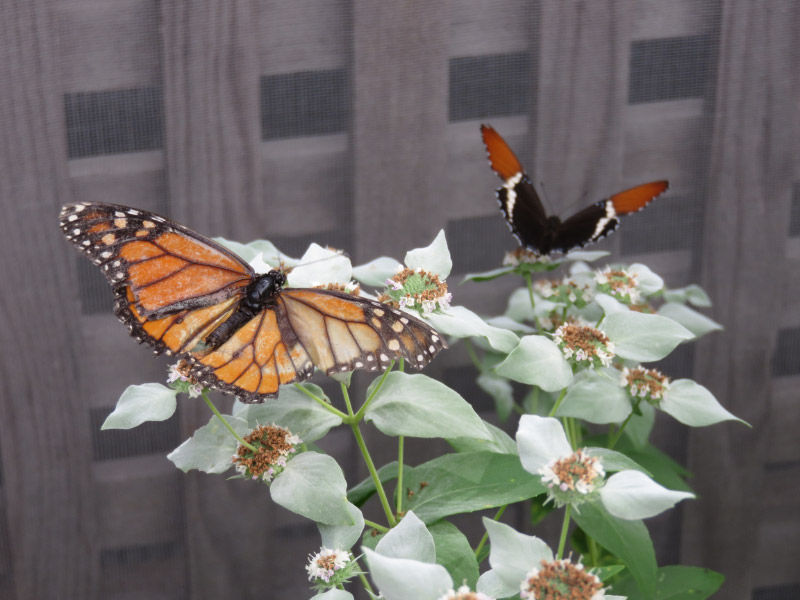Gleanings of the Week Ending December 26, 2015
/Violet Snail spends whole life drifting on self-made bubbles - A sea snail that floats around underneath bubbles….a pretty denizen of our oceans that preys on Portuguese man o’ war.
There are twelve different kinds of rainbows – I was hoping there would a reference with pictures of the 12 different kinds…but it isn’t in this post.
Ten Cool Thinks the Kitchen of the Future Will Do – Some things on this list don’t seem that great to me. Printing dinner with a countertop 3-D printer does not seem appetizing at all to me.
10 Truly Guilt-Free Wholefood Vegan Cookies - Many of these cookies look more appetizing to me than the bakery offerings I used to be drawn to. I recently had a slice of carrot cake and left half the icing on the plate because it seemed like there was more icing than cake!
Treating colon cancer with vitamin A – As I read this article – I wondered if the vitamin A rich foods I love in my diet (and think of as ‘good’ for my eyes) are good for other reasons too.
See nature in a whole new light – 17 pictures of bugs!
A historical atlas of America, built for the 21st century – From the University of Richmond’s Digital Scholarship Lab….the site is called American Panorama: An Atlas of United States History. There are 4 maps now (the forced migration of enslaved people 1810-1860), the overland trails 1840-1860, foreign born population 1850-2010, and Canals 1820-1860) with more to come.
This physicist makes dazzling snowflakes in his laboratory – Wonderful images…Ken Libbrecht has a snowflake machine and photographs the unique snowflakes it creates from water vapor condensing on a sapphire substrate.
Cool roofs in China offer enhanced benefits during heat waves – As people put on new roofs….maybe the lighter colored roofs will become the norm on our warming planet.
Festive underwater creatures look like mini Christmas trees – Even though the Christmas holiday is over…I couldn’t resist including these tropical worms that look like colorful Christmas tree bristles on their calcium carbonate bases.



